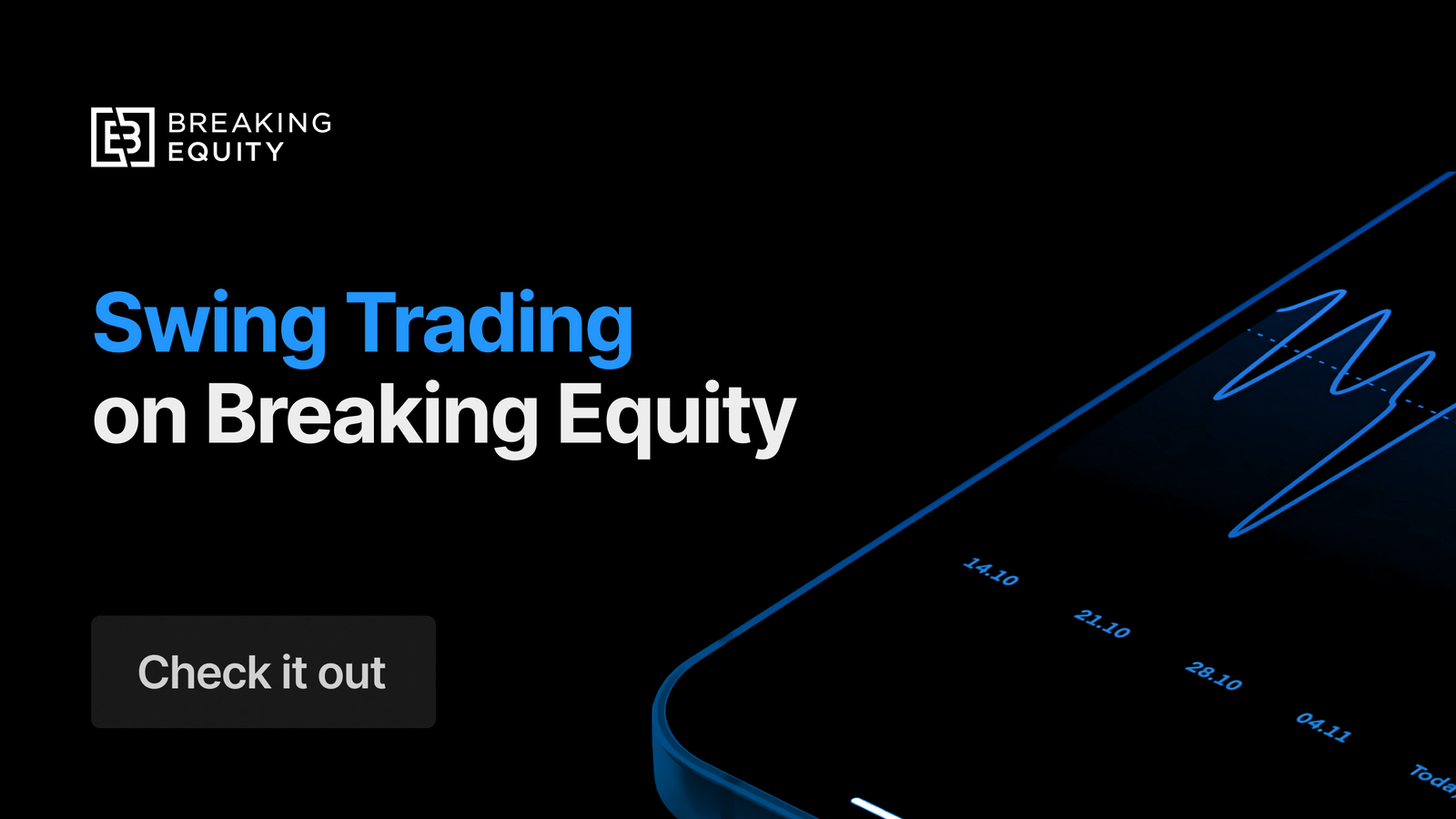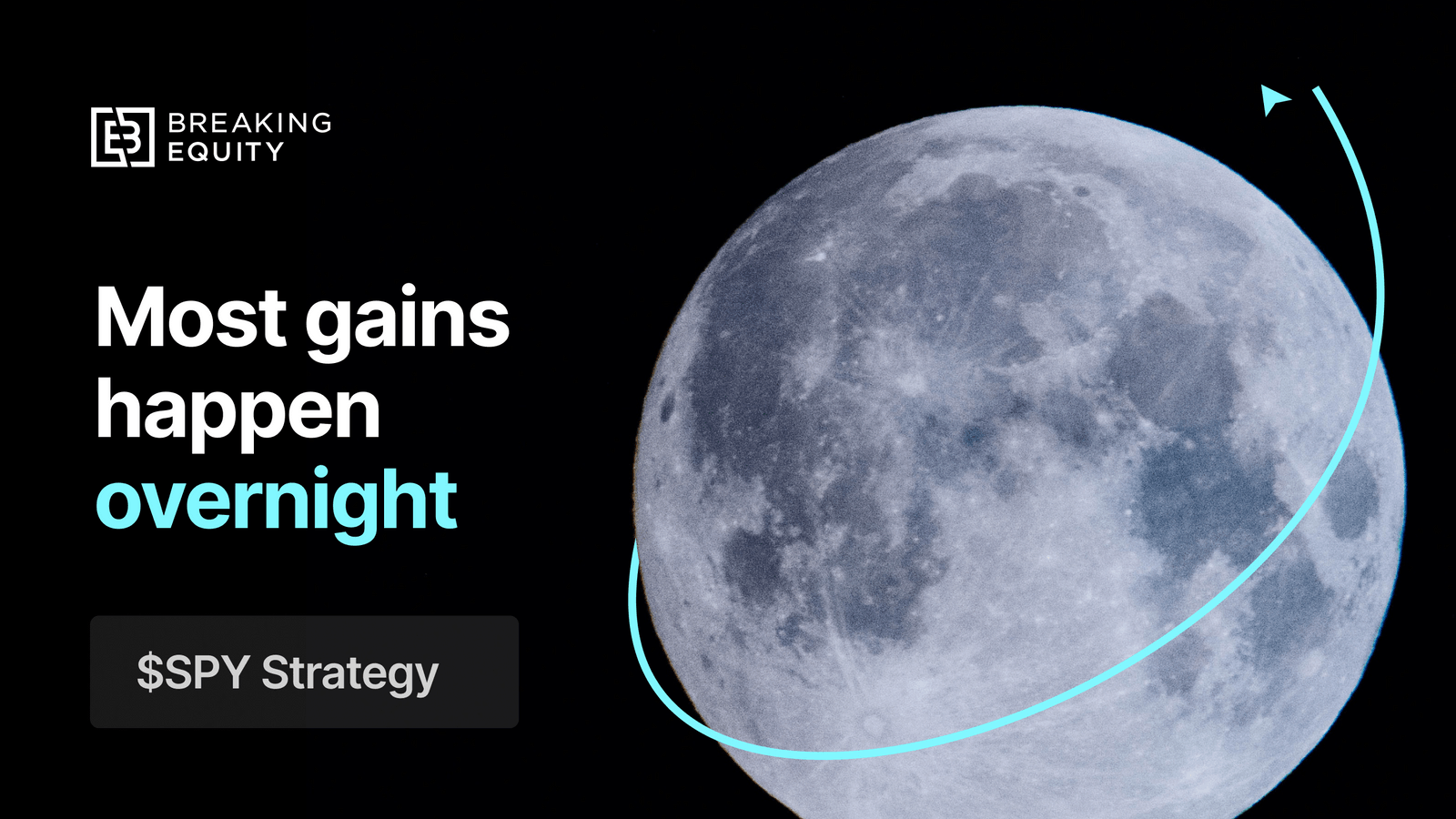Backtesting is the general method for seeing how well a strategy or model would have done ex-post. Backtesting assesses the viability of a trading strategy by discovering how it would play out using historical data. If backtesting works, traders and analysts may have the confidence to employ it going forward.
Sounds simple, right? Let’s take a look at why you should care and what are the pitfalls.
Why Backtesting is Important?
Trading can be a struggle. There is no silver bullet and the losses inevitable. Many battle the mental aspects of it, give up trying or find themselves ruined by the stock market. Others succeed and make trading their source of income or even primary occupation.
The difference lies on a very important skill: grinding. Trading is a lot of fun when stocks move cleanly points at a time but that does not happen too often. Grinding is all about being able to make nickels, dimes and quarters on every trade or stop when the trade does not work out and wait for the next opportunity. It is not the most glamorous thing but it makes a big difference.
Backtesting simply allows to see how the compounding effect of grinding over time, gives trader a perspective of multiple months or years.
Backtesting Pitfalls and Biases
Traders may think they develop strategies and test them in good faith however avoiding biases is harder than it seems. As a human being when you know the past it’s hard to abstract from it. It’s important to avoid data dredging, when a wide range of strategies are tested with the same set of data. Having a platform that simplifies the work is an essential element of success in such scenario.
Another pitfall is historical data availability. Often times it’s hard to get a hold of historical data such as granular price movements, fundamentals, index constituents and alike. Many attempt to cut the corner and use the most up to date information available not realizing that the data already carries biases. For example only the best companies made it to the current S&P 500 list.
Taking it to the Next Level: Paper Trading
Paper Trading or forward testing is the next step which simulates actual trading and following the strategy logic in a live market. It’s called paper trading since all trades are executed on paper only (virtual money). Such testing lets traders gain next level of confidence an eliminate survivorship bias.
Forward testing keeps traders honest about trading behavior and allows to avoid cherry-picking and rationalizing trades. This way performance can be documented and evaluated authentically.
If you are looking for Backtesting, Paper and Live Trading software that can integrate into existing broker accounts Breaking Equity Algo Lab is you platform of choice. Breaking Equity is a place for automated for retail investors to build, buy and sell Active Strategies. It’s leveling the playing field by making Active Strategies more affordable and inclusive to make sure retail traders leverage hedge fund technology and data.





